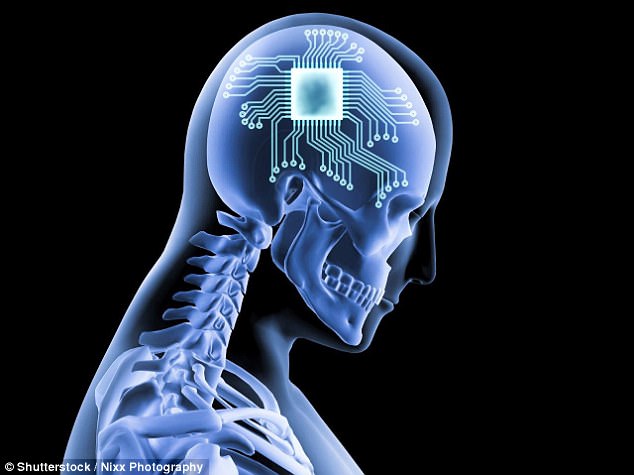Gaining access to information has been getting more and more easy over the past decades. Not only is more information available to us, but also accessing this information requires less work as technology evolves. Where we first had to travel to information in order to consume it, like going to the library, we now all carry our own libraries in our pockets in the form of a smartphone.
The idea of a smartphone, and having near instant access to a vast library of digital information is something that has long been unthinkable, but now is a reality for the majority of the worlds population. This makes you wonder how getting access to information will be made even easier in the future.
When thinking about getting even faster access to information, most people think about rapidly evolving technologies like virtual reality, where the user of the technology is submerged in an entirely digital world, that is nothing more than a graphical representation of digital information. Another technology is augmented reality, where information is overlayed onto the physical world, which means the user does not have to take their eyes off of what is happening in the real physical world in order to consume the information.
Something that is still being worked out however, is how to best control technologies like AR and VR. What often comes to mind are hand gestures, eye-tracking and voice command. However, there are technologies being developed that would make using these types of technologies even easier.
Neuralink is a company that does research into how brain activity can be translated to digital information. This digital information can then be used for all types of things, like controlling what you see through your AR or VR glasses, or even controlling a prosthetic limb by just thinking about moving it. While it is likely that this technology will not be used on humans within the near future, the technology is actually already being tested on monkeys. In the video below, a monkey can be seen playing games, by just thinking of making movements with its arm. The brain activity of the monkey is being translated to digital information and is then used to control the game.
Even though this technology is still in development and probably will not be seen used by humans in their daily lives within the near future, there are a lot of applications that can be thought off. If this technology develops further and is ready for human use, what would you like to see it being used for? Would you dare to integrate your brain with the digital world? Let me know in the comments!
Neuralink. (2021). Monkey MindPong. Accessed 15 October 2022 from https://www.youtube.com/watch?v=rsCul1sp4hQ
Neuralink. (2022). Interfacing with the brain. Accessed 15 October 2022 from https://neuralink.com/approach/
Neuralink. (2022). Engineering with the brain. Accessed 15 October 2022 from https://neuralink.com/applications/


Hi Daniel, first of all, thank you for this extremely interesting insight into Neuralink, I was not aware that brain-computer interface technology has advanced that much in recent years. As stated in your post and in the video, the first human application of such technology that comes to mind is the control of devices and prosthetics for paralysed and disabled people. However, I think that future applications are almost limitless. From ‘thought-to-speech’ apps for deaf people to driving your car just by thinking about where you want to go, the technology has the potential to revolutionise the way we interact with computers and other devices. Let’s just hope that companies like Neuralink value data privacy, otherwise our thought might not be our own anymore in the future…
Hey Daniel, thank you for writing this interesting article! I must say that I find it a bit scary to think about the possibilities of technology if access is given to our brain’s thoughts. To what extent will we be able to control for ourselves what information will be saved and used and what information will be kept private? This development will definitely require significant changes in data privacy policies in that sense. On the other hand, I am also excited about the potential of technologies like this. Indeed, the ability of disabled people to control their prosthetics with just their thoughts has already been a break-through advance for people with amputations. Additionally, it could be useful for people who have decreased motor abilities to be able to control their wheelchair or even household appliances, so they need less help to be taken care of. I am looking forward to the technological applications that Neuralink will provide, even though I do think many rules need to be put in place to secure data privacy. How long do you think it will take before Neuralink starts selling products, Daniel?